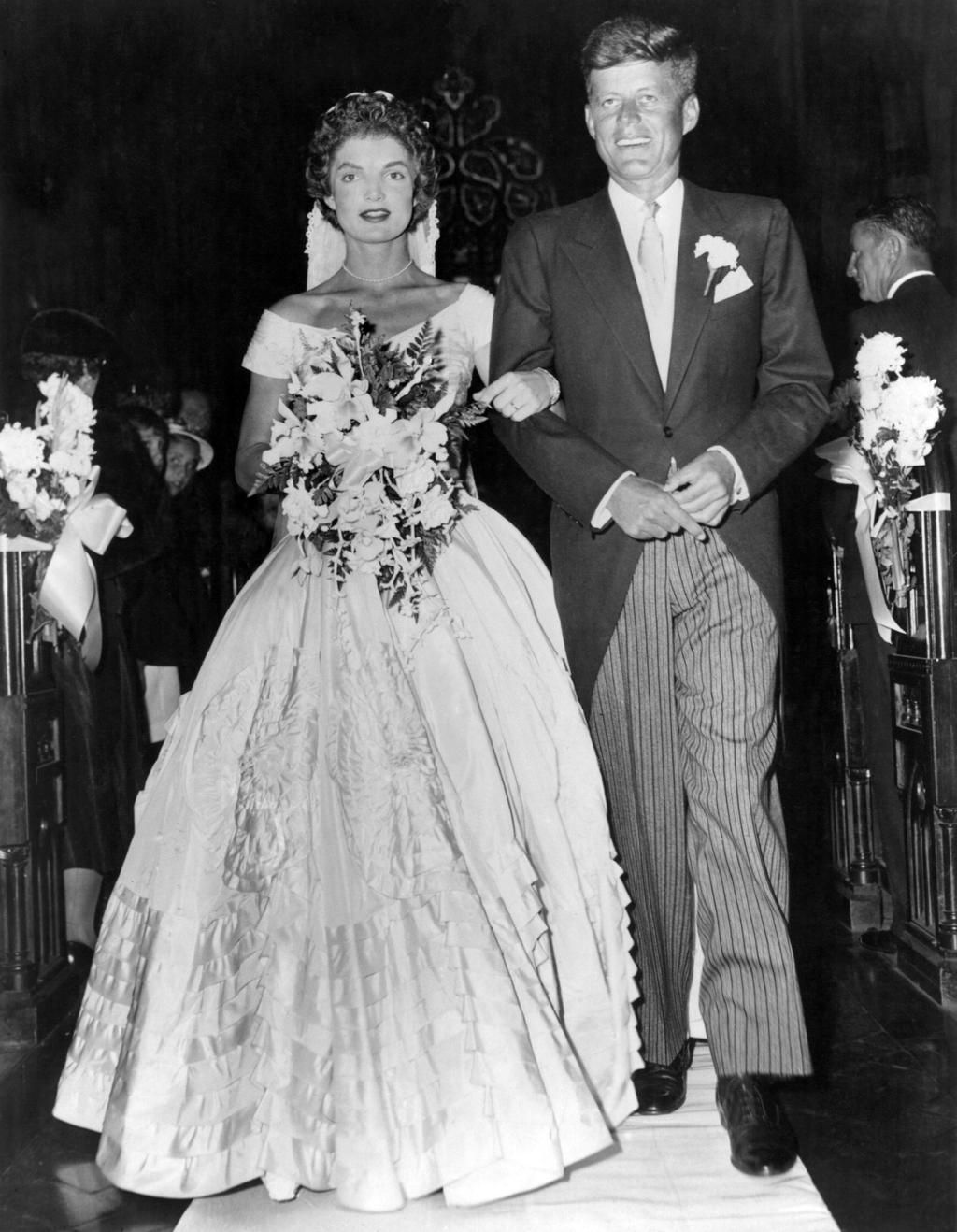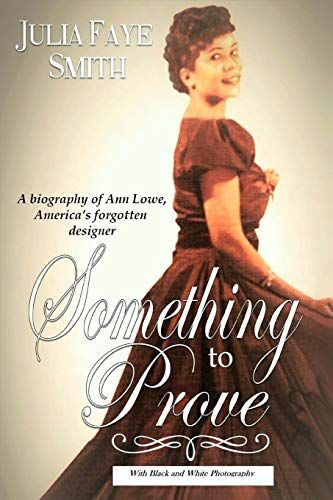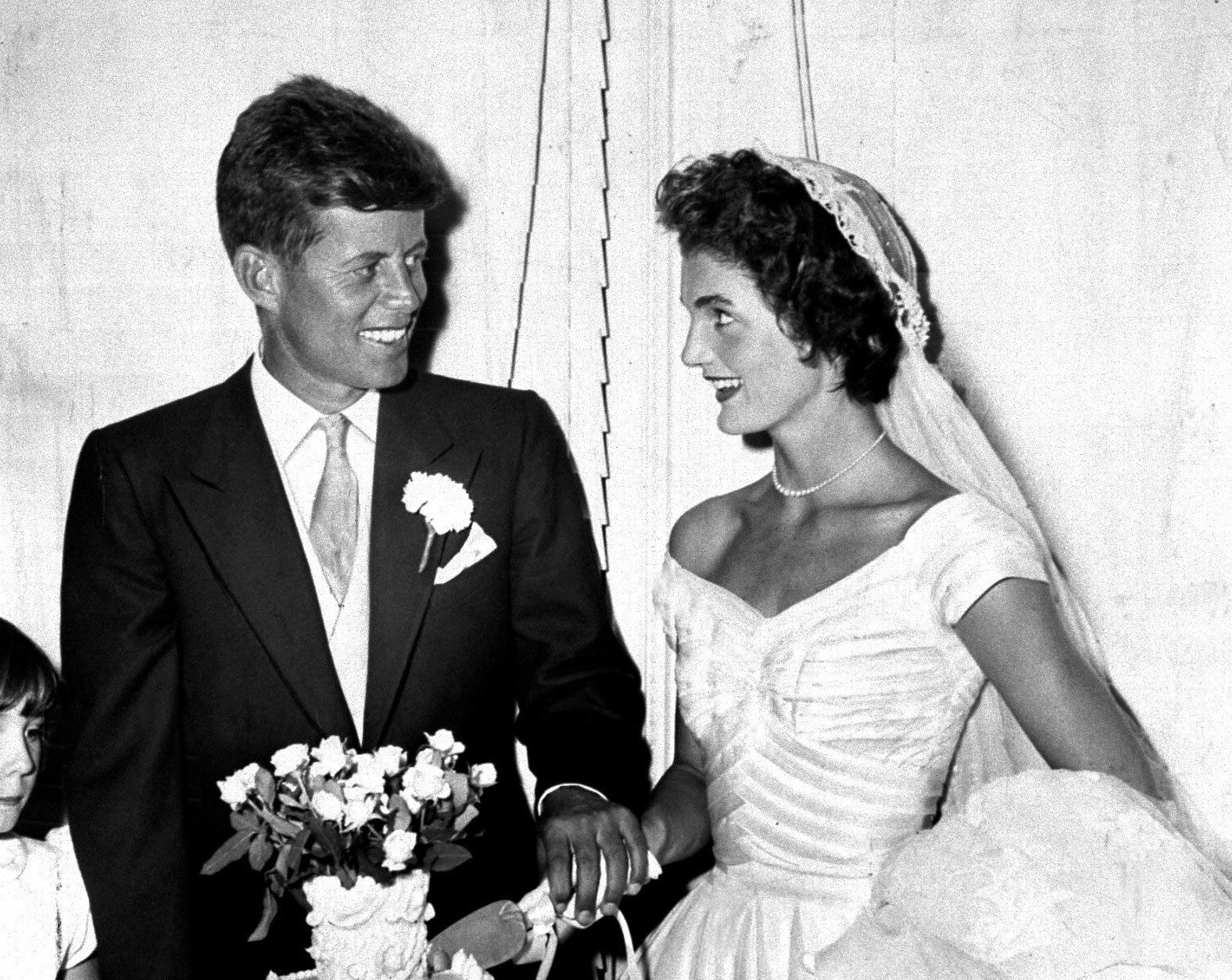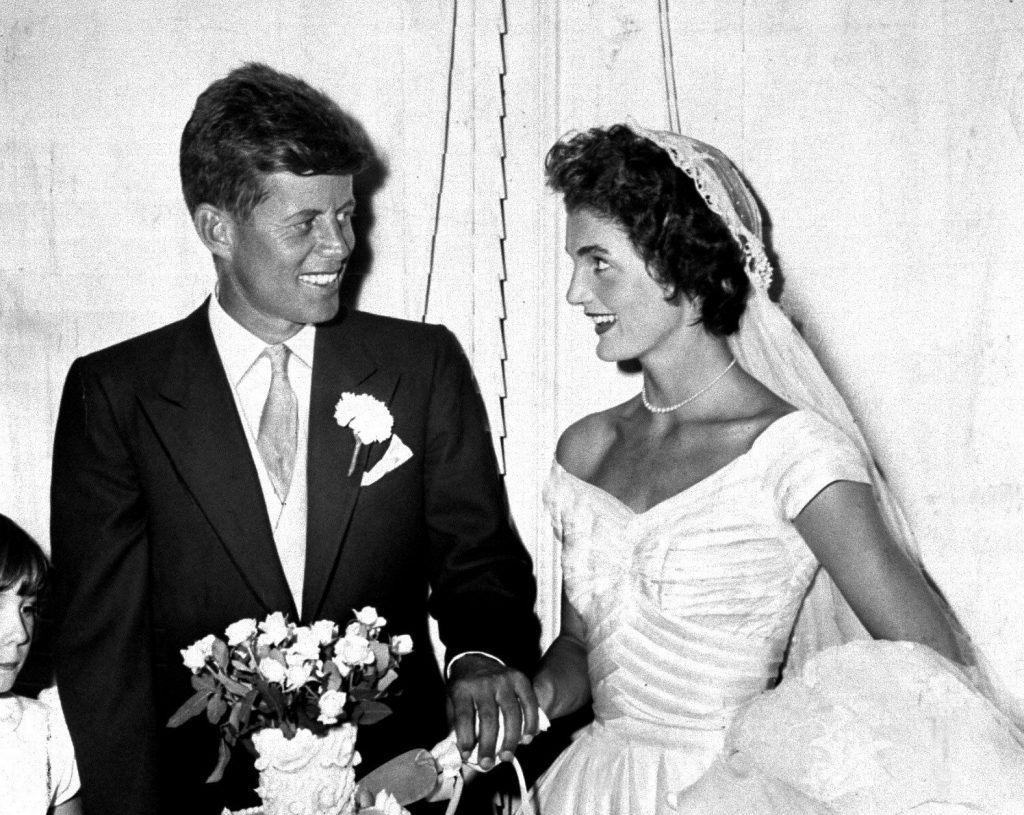Before she became a style icon and much-loved First Lady, Jacqueline Kennedy O’Nassis was Jacqueline Bouvier, a George Washington University graduate, and inquiring photographer.
The course of her life changed when she met then-Congressman John F Kennedy and fell in love. The pair married in a lavish Newport, Rhode Island wedding. For her big day, the future First Lady was a vision in a buffant ivory silk-taffeta gown, which has gone down in history as one of the most iconic wedding dresses.

Jacqueline Kennedy’s wedding dress has a surprising history and was created by Black seamstress Ann Lowe. Lowe was an incredibly talented designer who opened the door for many other independent designers of colour. As one of the first known black designers, however, she faced constant discrimination as she fought to become one of the most sought-after couturiers for the American elite. Among her customers were famed American families like the du Ponts, the Roosevelts, the Rockefellers, and the Kennedys.

Lowe was well acquainted with the Bouvier family and was thus commissioned to design Kennedy’s wedding dress in 1953. Julia Faye Smith, author of Ann Lowe’s biography Something to Prove, says it took Lowe and her team of seamstresses two months to complete the ornate creation that utilised over 50 yards of silk taffeta.

However, a mere 10 days before the big day, everything went wrong. Lowe’s studio was flooded by a broken waterline, which ruined not only the wedding dress but also the bridesmaids’ dresses.
A disaster like this could destroy Lowe’s reputation. So, she swallowed her sadness, purchased more fabric, hired extra help, and completely recreated the gown within a matter of days.
The dress was completed and stunned everyone. However, Lowe came out of the deal losing $2,000 instead of making a profit on what was her biggest wedding gown to date. She never told the family what happened. To make matters even sadder, Lowe never received proper credit for her hard work. When asked who made her famous dress, Kennedy told reporters, “a colored dressmaker did it.”

Lowe and Kennedy continued to work together on a number of occasions after the wedding. Smith explains that the women developed a mutual respect for one another. When she began losing her eyesight and her business, Lowe was financially saved by a mysterious benefactor. Lowe believed it was the First Lady who secretly stepped in to save her business.
Lowe died at age 82, with her business never truly reaching the degree of fame it should have.
“We need to remember Ann as a woman who, in the face of some of great adversity, persevered,” says Smith to Elle. “She knew what she was capable of doing, and she worked throughout her life to achieve it. From the Jim Crow South to the skyscrapers of New York, there were obstacles placed before her, but she proved that a designer of her race, or of any race, could become a major designer.”
Feature image: Pinterest




















